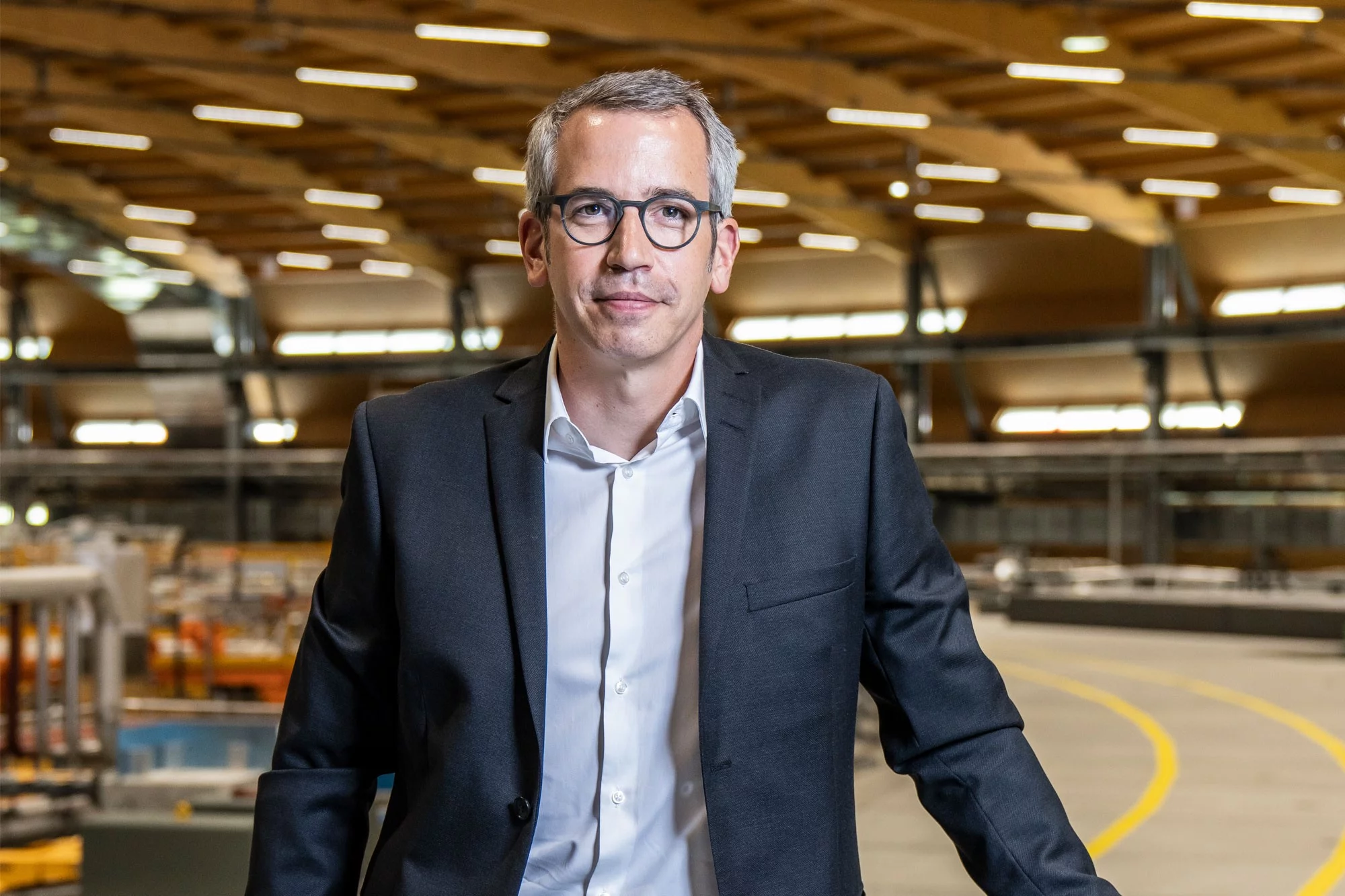Green light for SLS 2.0: The upgrade of the Swiss Light Source SLS at the Paul Scherrer Institute PSI plannned for the coming years can now proceed. Within the framework of the ERI Dispatch for 2021-2024, the funding for this renovation has been assured.
The Swiss Dispatch on Promotion of Education, Research and Innovation (ERI) for 2021 to 2024 has now been agreed upon in the Swiss Parliament. It contains, among other things, the budget that the ETH Domain is to receive for the coming years. This includes the budget of 99 million Swiss francs that will be required for the planned renovation of the Swiss Light Source SLS. With that, the upgrade project, known as SLS 2.0, has been given the green light.
"We are very pleased about this funding commitment. This decision showed that the pandemic would not be able to damage the long-term vision for Switzerland as a research location," says PSI Director Christian Rüegg. "Even and especially in these times, we urgently need cutting-edge research."
Coronavirus research at SLS
From the very beginning of the Covid-19 pandemic, PSI undertook special efforts to advance research on the novel coronavirus. The Swiss Light Source SLS is playing an important role in this work, for example through the elucidation of protein structures that are part of the virus, and in the examination of lung tissue to gain better understanding of the coronavirus and its effects.
An investment in the future
As valuable as the current research at SLS is at this time, research is constantly evolving, and research facilities have to keep up. "In the foreseeable future, many scientific questions will arise that we would not be able to answer with today's SLS, or that would require a very long time to solve," says SLS 2.0 Project Leader Hans Braun. "We are very glad now that the upgrade will come." After the upgrade, SLS will provide a significantly more intense X-ray beam with which, in coming decades as in the past, it will still be possible to do research on the day's most pressing and emerging topics. "We will be getting significantly more data in the same amount of time. Or to put it the other way around: Extensive experiments that have, up to now, fallen through because they would have lasted weeks or months will then become feasible. For experiments that previously would have required 24 hours of continuous measurement, we will only need a little more than half an hour after the renovation."
Text: Paul Scherrer Institute/Laura Hennemann
About PSI
The Paul Scherrer Institute PSI develops, builds and operates large, complex research facilities and makes them available to the national and international research community. The institute's own key research priorities are in the fields of matter and materials, energy and environment and human health. PSI is committed to the training of future generations. Therefore about one quarter of our staff are post-docs, post-graduates or apprentices. Altogether PSI employs 2100 people, thus being the largest research institute in Switzerland. The annual budget amounts to approximately CHF 400 million. PSI is part of the ETH Domain, with the other members being the two Swiss Federal Institutes of Technology, ETH Zurich and EPFL Lausanne, as well as Eawag (Swiss Federal Institute of Aquatic Science and Technology), Empa (Swiss Federal Laboratories for Materials Science and Technology) and WSL (Swiss Federal Institute for Forest, Snow and Landscape Research). (Last updated in May 2020)
Further information
SLS 2.0 - The upgrade of the Swiss Light Source SLS
Contact
Dr. Hans-Heinrich Braun
Project Leader, SLS 2.0
Paul Scherrer Institute, Forschungsstrasse 111, 5232 Villigen PSI, Switzerland
Telephone: +41 56 310 32 41, e-mail: hans.braun@psi.ch [German, English, French]
Copyright
PSI provides image and/or video material free of charge for media coverage of the content of the above text. Use of this material for other purposes is not permitted. This also includes the transfer of the image and video material into databases as well as sale by third parties.

